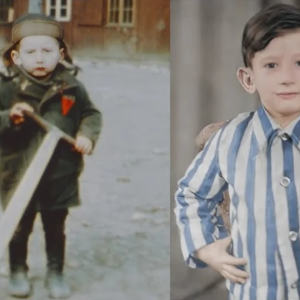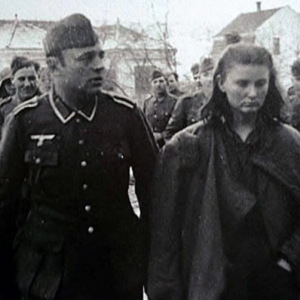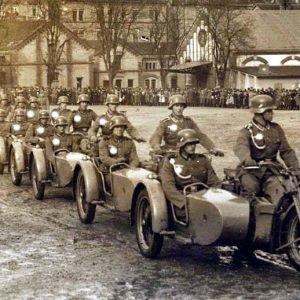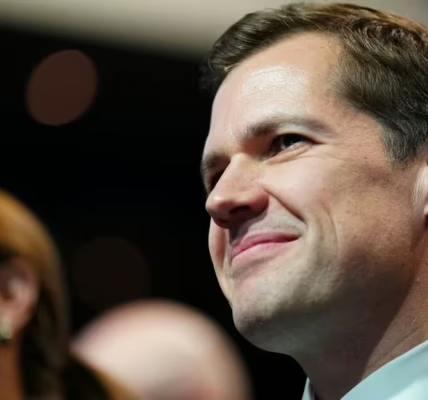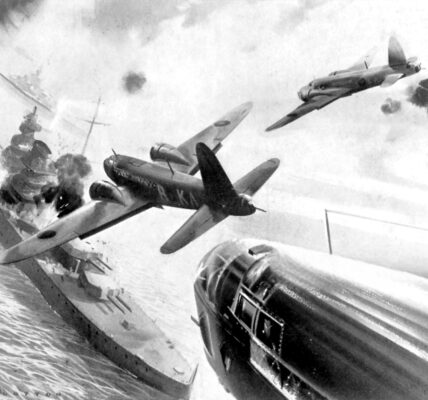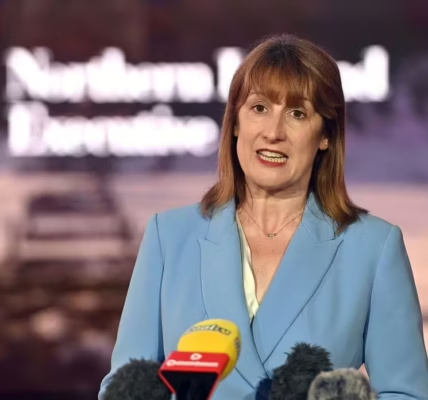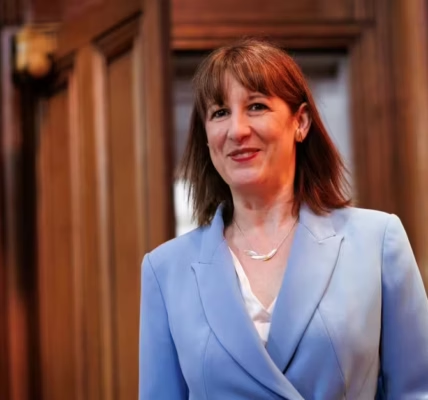He approached the gallows and whispered: “I love Germany…” – The last words of Ernst Kaltenbrunner, Himmler’s right-hand man and architect of the genocide _de101
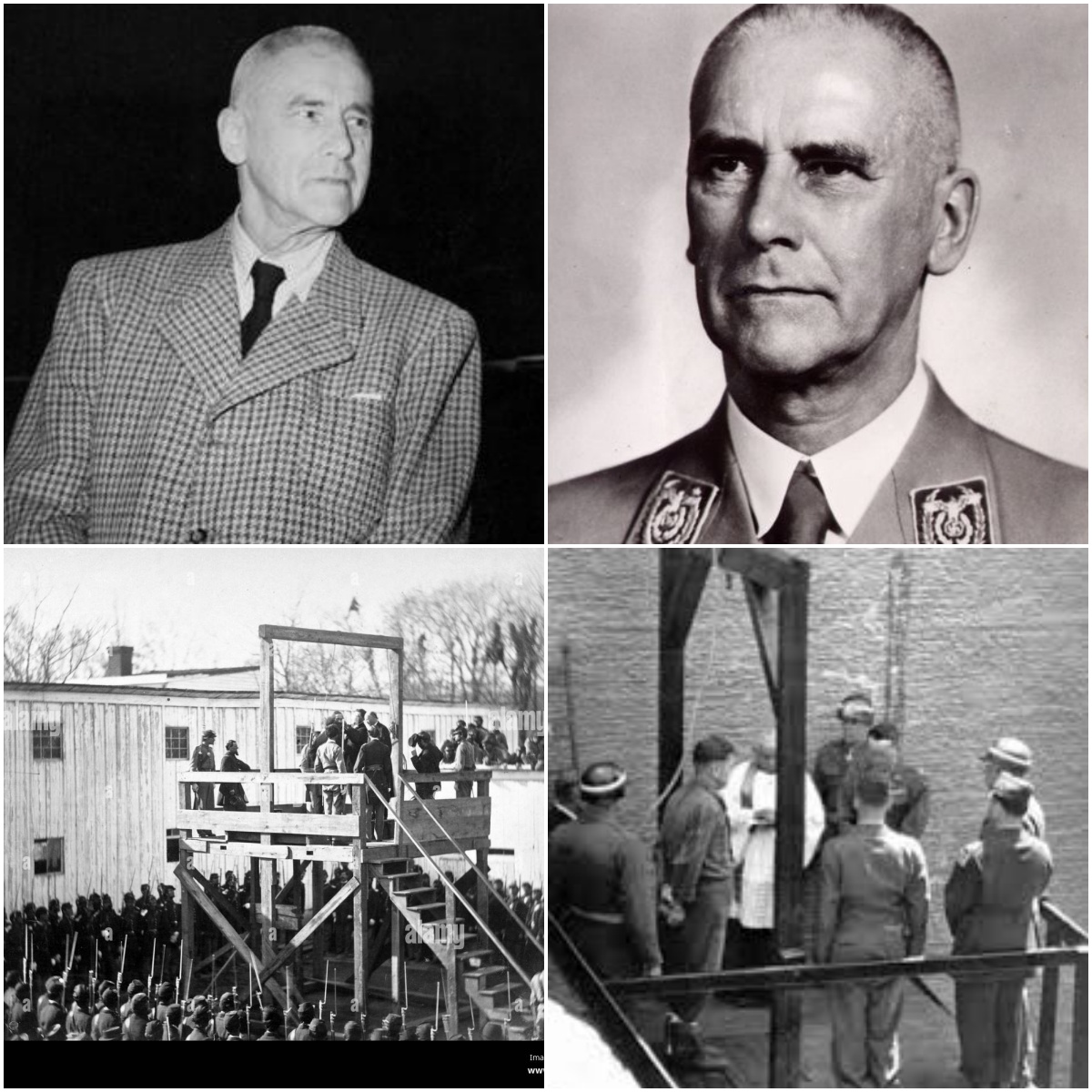
In the early morning of October 16, 1946, Ernst Kaltenbrunner—one of the most notorious leaders of the Nazi regime—walked with an eerily calm expression onto the gallows in the dimly lit execution chamber of Nuremberg Prison. Over six feet three inches tall, with a gaunt face scarred by schoolboy duels and a deep, resonant voice, he offered no resistance. When called upon to speak his last words, Kaltenbrunner whispered in German: “I have loved the German people and my fatherland with all my heart. I have fulfilled my duty according to the laws of my people, and I regret that this time my people were led by non-soldiers and that crimes were committed of which I knew nothing.” As the black hood was pulled over his head, he murmured: “Germany, good luck.” Just seconds later, the trapdoor sprang open, and his tall body plunged to the ground—the end of a life inextricably linked to the deaths of millions in the Holocaust. These rumors, riddled with deception and denial of responsibility, have become a symbol of the blindness of those who carried out the “Final Solution” – the darkest chapter in human history.

Ernst Kaltenbrunner was born on October 4, 1903, in Ried im Innkreis, Austria, into a family of lawyers deeply rooted in nationalism. He grew up near Braunau—Adolf Hitler’s birthplace—and internalized the völkisch, pan-Germanic ideology from an early age, an ideology characterized by antisemitism and a view of political conflicts as racial wars. During his childhood, Kaltenbrunner became friends with Adolf Eichmann, the future “architect” of the logistics of the Holocaust. After graduating from the Realschule (a type of secondary school) in Linz in 1921, he initially studied chemistry at the University of Graz, but switched to law in 1923. There, he joined nationalist student associations and protested against Marxism and the influence of the Church. He received his doctorate in 1926 and opened a law firm in Linz. His face, scarred by fencing duels or a car accident, contributed to his intimidating appearance and even inspired respect in Heinrich Himmler.

In 1929, Kaltenbrunner joined the Heimwehr—a paramilitary, anti-Marxist organization—and in 1930 officially became a member of the Nazi Party (membership number 300,179). In 1931, on the recommendation of Sepp Dietrich, he joined the SS (membership number 13,039) and quickly became legal advisor to the SA and SS in Austria. Despite being arrested twice by the Austrian government under Engelbert Dollfuss for alleged coup plots (1934 and 1935), Kaltenbrunner secretly built an SS intelligence network in Austria and supplied Himmler, Reinhard Heydrich, and Heinz Jost with information. Himmler, who considered him his right-hand man in Austria, kept him in office to strengthen the SS there and appointed him commander of the entire Austrian SS in 1937. His secret trips to Bavaria, during which he smuggled photocopied documents on Austrian foreign policy, made him a trusted confidant within the Nazi leadership.
Austria’s collapse occurred immediately after the Anschluss in 1938. Kaltenbrunner supported Arthur Seyss-Inquart in the annexation of Austria and served as State Secretary for State Security from March 11 to 13, 1938. He oversaw the Nazification of Austrian society, established the Mauthausen-Gusen concentration camp—the first Nazi camp in Austria—and was promoted to SS-Gruppenführer (comparable to a lieutenant general). From 1940, he served as Vienna’s police president and built a far-reaching espionage network, thereby attracting Himmler’s attention. After Heydrich’s assassination in 1942, Himmler temporarily headed the RSHA (Reich Security Main Office) before appointing Kaltenbrunner as its chief on January 30, 1943—a surprising choice by Hitler, who considered him a “compliant newcomer” compared to candidates such as Heinrich Müller or Walter Schellenberg.
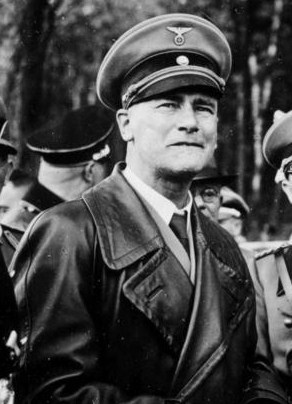
Under Kaltenbrunner, the RSHA developed into a gigantic extermination machine, uniting the Gestapo (State Secret Police), Kripo (Criminal Police), and SD (Security Service). He directed campaigns of repression, arrests, deportations, and executions throughout Europe and commanded the Einsatzgruppen—mobile killing squads responsible for over a million deaths, mostly Jews, in the East. As a convinced anti-Semite, Kaltenbrunner was directly involved in the “Final Solution to the Jewish Question.” In December 1940, he participated in a meeting with Hitler, Himmler, Heydrich, and Joseph Goebbels at which it was decided to gas all Jews deemed unfit for work. In 1943, he pressured the Ministry of Justice to introduce compulsory castration for homosexuals and reviewed 6,000 cases from within the military. During an inspection of the Mauthausen concentration camp in 1943, he witnessed 15 prisoners being shot, hanged, and gassed in a “demonstration” of killing methods; he subsequently inspected the crematoria and the quarry.
Kaltenbrunner’s role in the Holocaust reached its zenith in 1944. At Klessheim Palace, he helped coerce Hungarian Admiral Miklós Horthy into collaborating with the Nazis, enabling Eichmann to deport 750,000 Hungarian Jews to Auschwitz using a special task force. In October 1943, he instructed Herbert Kappler in Rome that the extermination of Italian Jews was a “special priority of general security,” leading to the arrest and transport of 1,000 Roman Jews to Auschwitz within just four days. He signed orders to accelerate the genocide, to liquidate Jewish areas in the Reich and occupied territories, and received regular reports on camp operations. Kaltenbrunner further consolidated his influence by succeeding Heydrich as president of Interpol from 1943 to 1945, using the organization to persecute Jews and political opponents. His relationship with Himmler was characterized by loyalty and fear: Himmler had appointed him, but Kaltenbrunner’s fiery temper was said to have intimidated even Himmler. In 1945, Himmler transferred command of the South German armed forces to him.
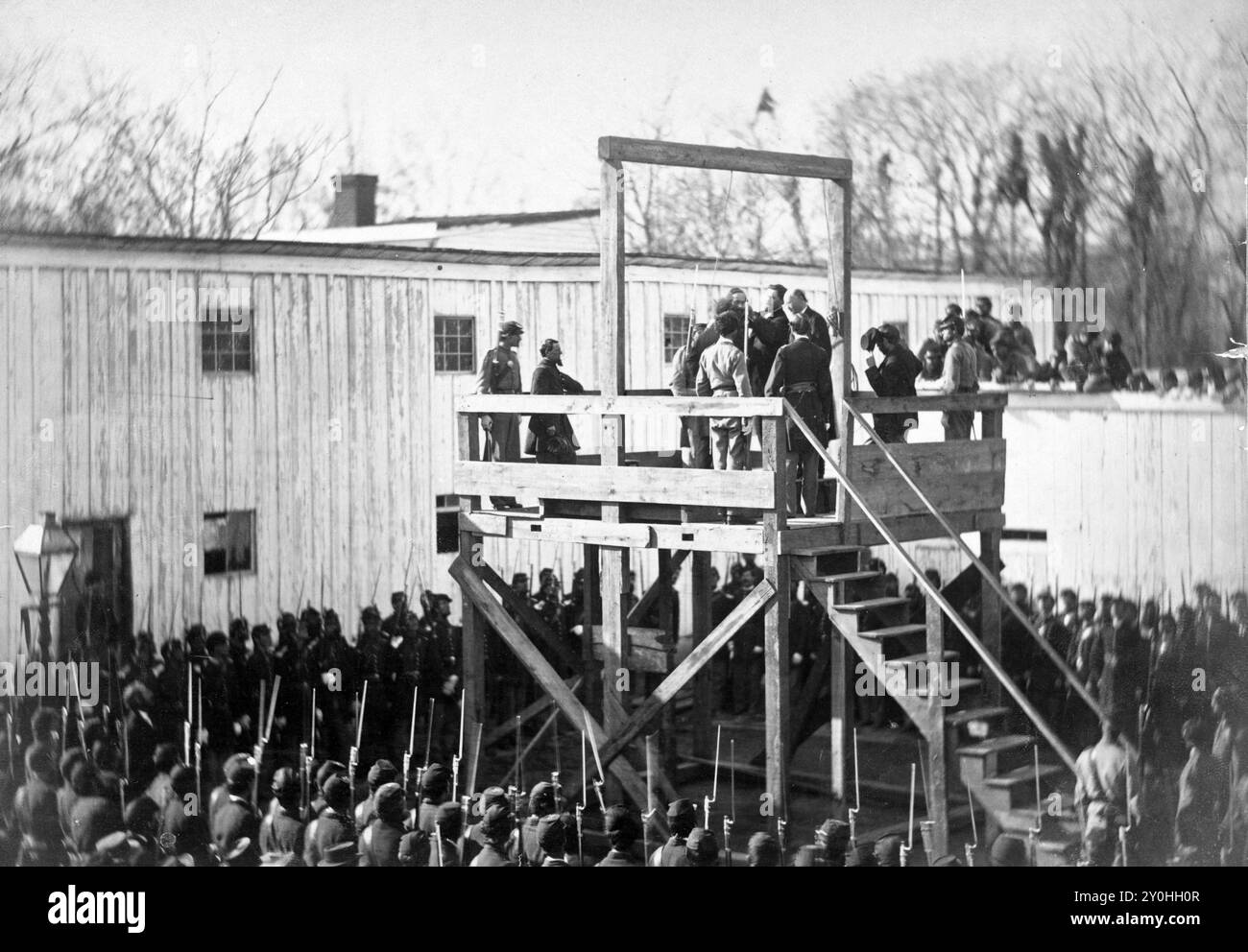
As the war collapsed, Kaltenbrunner clung to power. After the assassination attempt on Hitler on July 20, 1944, he had approximately 5,000 suspects investigated and ordered their execution. In February 1945, he ordered the police to shoot “traitors” without trial. However, as early as April 1945, he fled Berlin to the Totes Gebirge mountains near Altaussee in Austria. On May 12, he was arrested by Team 80 of the US Counter Intelligence Corps after a witness identified him despite his claim to be a doctor.
At the International Military Tribunal in Nuremberg, Kaltenbrunner was charged with conspiracy to commit crimes against peace, war crimes, and crimes against humanity. Initially absent due to a cerebral hemorrhage, he denied all responsibility upon his appearance: He claimed that the signatures on the extermination orders had been forged by accomplices, that his role had been limited to intelligence activities, and that he had “knew nothing of the Final Solution before 1943,” even speaking out “against the mistreatment of Jews” and their “termination.” These defense strategies provoked laughter in the courtroom—witness Hans Bernd Gisevius called him “worse than the monster Heydrich.” On September 30, 1946, the court acquitted him of the charge of crimes against peace but convicted him of war crimes and crimes against humanity and sentenced him to death by hanging.
On the morning of October 16, 1946, Kaltenbrunner was the seventh person to enter the execution chamber. Dressed in a blue coat, he answered his name softly. His last words—a delusional whisper of “love for Germany”—could not disguise his direct responsibility for millions of destroyed lives. His body was cremated in Munich’s East Cemetery, his ashes scattered in the Isar River. To this day, Kaltenbrunner remains a symbol of systematic cruelty: a lawyer who once promised legal protection for SA/SS members, now the architect of hell. The whisper at the gallows was not a confession, but an eternal reminder of the price of extreme nationalism and of remaining silent in the face of atrocities.

